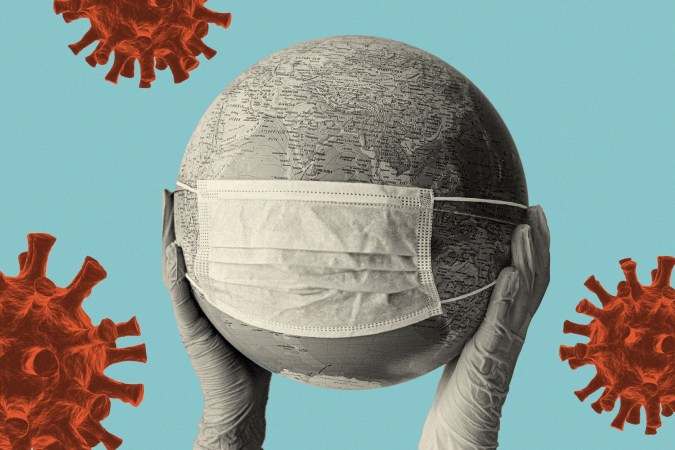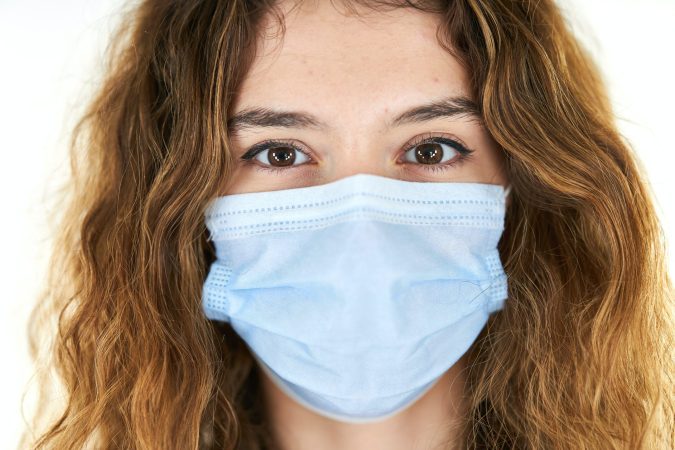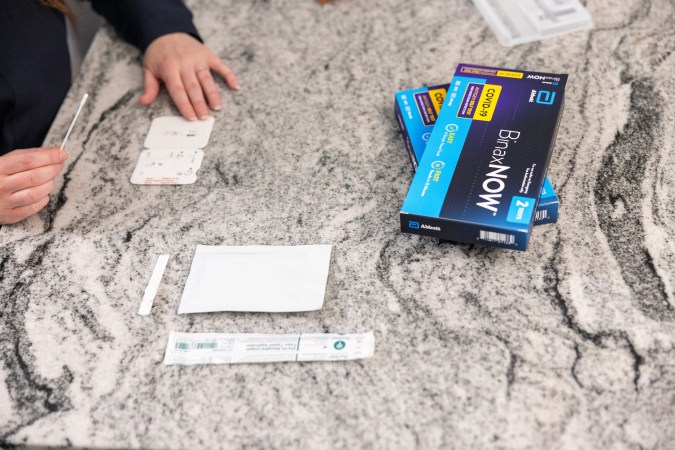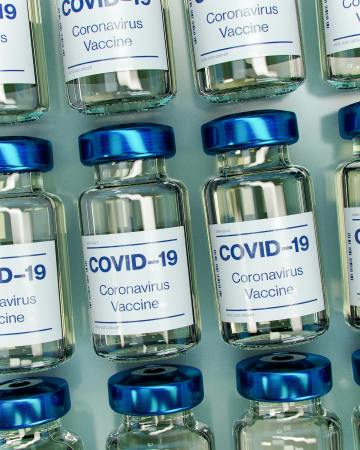

Back in March when the pandemic began, there was some hope that as the summer months approached, the spikes in coronavirus cases would ease up. However, the past few months have raged on with COVID-19 cases rising in spots around the country and the world, despite toasty temperatures.
However, the summer months have allowed folks to gather outside with friends and family (safely and often from a distance, of course). Outdoor meetups are generally less dangerous than indoor ones, with less of a risk of COVID-19 transmission than indoor ones. But the days of warm temperatures and sun-filled afternoons are quickly drawing to a close for many places across the country.
While some balmier corners of the US are just approaching a good time to finally enjoy the outdoors, a lot of folks are prepping for sweater weather and cozy indoors evenings. But staying inside can get lonely when you can’t socialize, and because of the COVID-19 pandemic, in most places it’s still not safe enough to host indoor gatherings.
“’Some of this is really unknown,” says Preeti Malani, the chief health officer and a professor of medicine at the University of Michigan. “But based on what’s happened epidemiologically over the last six months is that COVID is not going to go away.”
Here’s what you need to know about approaching winter in the middle of the COVID-19 pandemic.
The science of wintery weather and getting sick
Even in the case of the typical flu, the reasons why some viruses thrive in cold, dry weather are still somewhat mysterious. What we do know is that influenza viruses survive better in low humidity and chilly temperatures in the more temperate regions of the world (though the mechanisms through which this works are not entirely clear). On top of that, a dry, cold climate has the chance to dry out mucous membranes that normally keep us safe from viruses and open us up to a higher risk of catching a bug.
However, while the flu and COVID-19 might be similar in some ways, they are in no way twins, and this pandemic has proven to be far from seasonal. Further, scientists have had decades to look at the data from flu seasons past, whereas they’ve only had one winter to judge COVID-19. In the southern hemisphere, which is currently at the end of its winter season, after the winter solstice in June, rates in Australia and South Africa jumped.
Another concern as we approach fall is how COVID-19, the flu, and other respiratory diseases might interact with one another. Sema Nikbakhsh, a research epidemiologist at the University of Glasgow Centre for Virus Research, previously studied the interaction between other coronaviruses and flu and found no indication that they have an impact on each other. In other words, catching one won’t make you more susceptible to the other.
“I’m not expecting to see an interaction,” she says, but of course there is a chance COVID-19 acts differently, or certain populations and strains might lead to unforeseen results. We won’t fully know what we are dealing with until we see it all play out this winter.
What we do see, she says, is a positive interaction between coronaviruses and respiratory syncytial virus (or RSV), meaning if you get infected with one of these viruses, then you might be at higher risk of catching the other. RSV mostly affects younger children and older adults.
The biggest concern with the flu season butting up against the ongoing COVID-19 pandemic is the strain that it could put on the healthcare system, says Malani. We’ve already seen what an outbreak can do to the hospital system in the US. This is just another reason to get your flu shot.
Indoor gatherings and holiday traveling put us at the most risk
So why do people get so sick as fall settles in? It boils down to kids going back to school, interacting with people they haven’t seen in a while, and bringing new viruses to the community. And that’s exactly how COVID-19 spreads.
The key to not spreading and catching many viral diseases like COVID-19 is to wear a mask, wash your hands, keep your distance, and socialize outside with your tightly-knit social bubble. Even while the weather is warm, it’s a challenge to stay outside and separated, especially when you haven’t seen your family and friends for a long time. But as it starts to get colder, expect standing outside to get even more challenging. Not to mention, fall and winter are prime time for family gatherings that involve travel and bring relatives of all ages and disease susceptibility together.
“I actually am very concerned about spread over the Thanksgiving and winter holidays,” says Malani.
And while we can keep striving for a vaccine and better testing, the best way to protect against spreading coronavirus right now is to keep wearing masks, washing hands, and socializing outside. Malani suggests that as the weather changes and holidays approach, start prepping for outside hangouts with warm clothes and even consider a space heater if you’ve got your own outside space.
When it gets too cold for even that, consider keeping your COVID-19 bubble small, and wear masks inside your home if you have people over. And if you are planning to have older or at-risk family members at your house for holidays or otherwise, seriously consider who you extend an invitation to. People from risky spots in the country, or even college campuses, may need to Zoom this one in instead of risking breathing on grandma.
It’s going to be a tough winter for sure, but we know how to beat it. So break out your warmest scarves and a mask or rev up the Netflix Party app—we can make it out of this snowstorm together.























